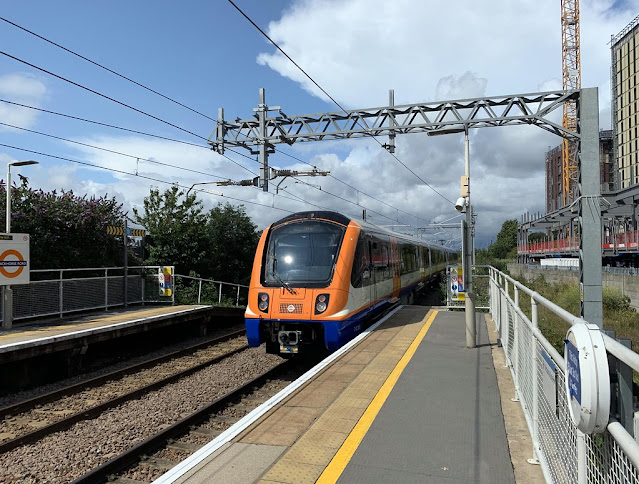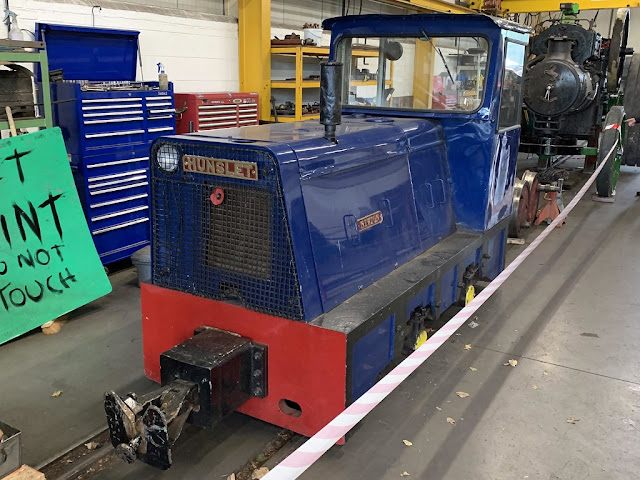The 2009 Tube Stock was built to replace the life expired
1967 Tube Stock on the Victoria Line, and entered service in 2010 [1]. The trains are part of Bombardier's
Movia family along like the
S Stock though reduced in dimensions to fit in a deep-level tube tunnel. They were built as part of a major upgrade of the Victoria Line reducing journey times by being faster and having better acceleration than the
1967 Tube Stock, and increasing capacity. They can carry nearly twenty percent more passengers per train - and there are also six more trains in service compared to the 1967 fleet. The trains are slightly wider (forty millimetres) than the 1967s to take advantage of the wider tunnels on the Victoria Line, however this does mean they cannot travel on the other deep tube lines. The trains are also longer than the 1967 Tube Stock and indeed are the longest deep tube stock in service.
 |
| Victoria Line 11062 arrives at Stockwell |
| Information |
| Number built: |
376 (47 8-car sets) |
| Built: |
2007-11 |
| Builder: |
Bombardier Derby |
| Motor: |
Bombardier MITRAC DR1000 traction package (630v DC fourth rail) |
| Power: |
2, 400 hp (1, 800 kW) |
| Formation: |
Driving Motor (DM)+Trailer (T)+Non-Driving Motor (NDM)
+Uncoupling Non-Driving Motor (UNDM)+UNDM+NDM+T+DM |
The
2009 Tube Stock has an IGBT traction package [2] similar to that used on the Electrostar family (such as the
Class 377 and
387). They are the first tube stock designed to take into account the Rail Vehicle Accessibility Regulations 2010 (RVAR 2010) with facilities for people with impaired mobility such as tip-up seats, off-set grab poles and space for wheel chairs [3]. They have dot-matrix displays inside the car showing passenger information and service updates. As with the 1967s they are equipped for Automatic Train Operation (ATO), though the 2009 uses the more advanced Invensys DTG-R system [4].
The 2009 Tube Stock took over the Victoria Line completely from the 1967 Tube Stock in mid-2011. There have been some teething troubles, the door sensors being over sensitive for example but they serve daily moving huge numbers of people on the incredibly busy Victoria Line.
 |
| 11042 arrives at Oxford Circus |
 |
| Preparing to go |
 |
| 11052 at Oxford Circus |
 |
| Train standing at Pimlico |
 |
| 2009ts departing from Warren Street |
[1] Ben Muldoon, London Underground Rolling Stock Guide (Ian Allan, 2014) p.64
[2] Piers Connor, The London Underground Electric Train (Crowood Press, 2015) p. 175
[3] Paul Moss, London Underground 1863 Onwards (Haynes, 2014) p. 173
[4] Jason Cross, London Underground Guide 2017 (Train Crazy, 2017) p. 60



























